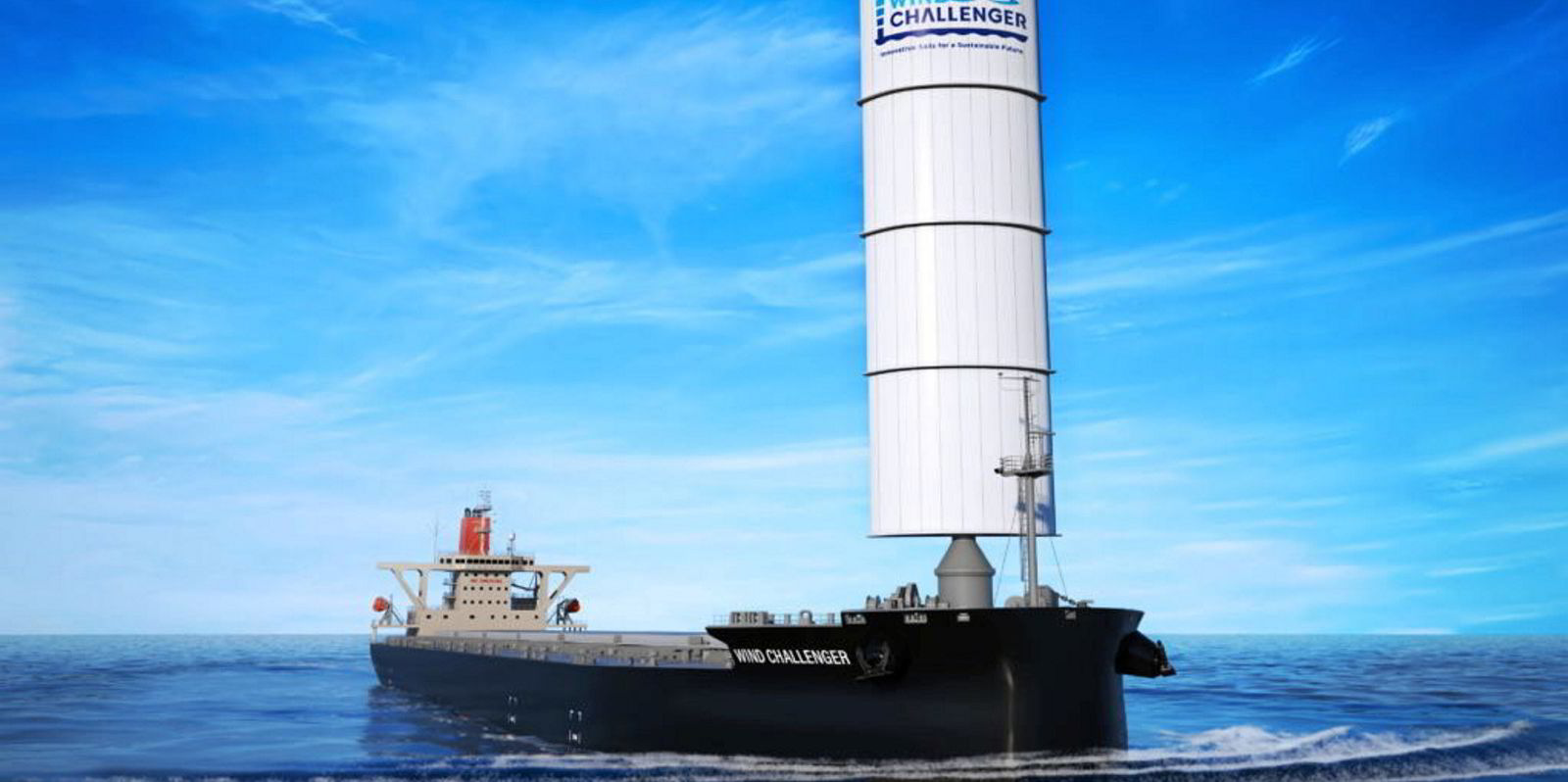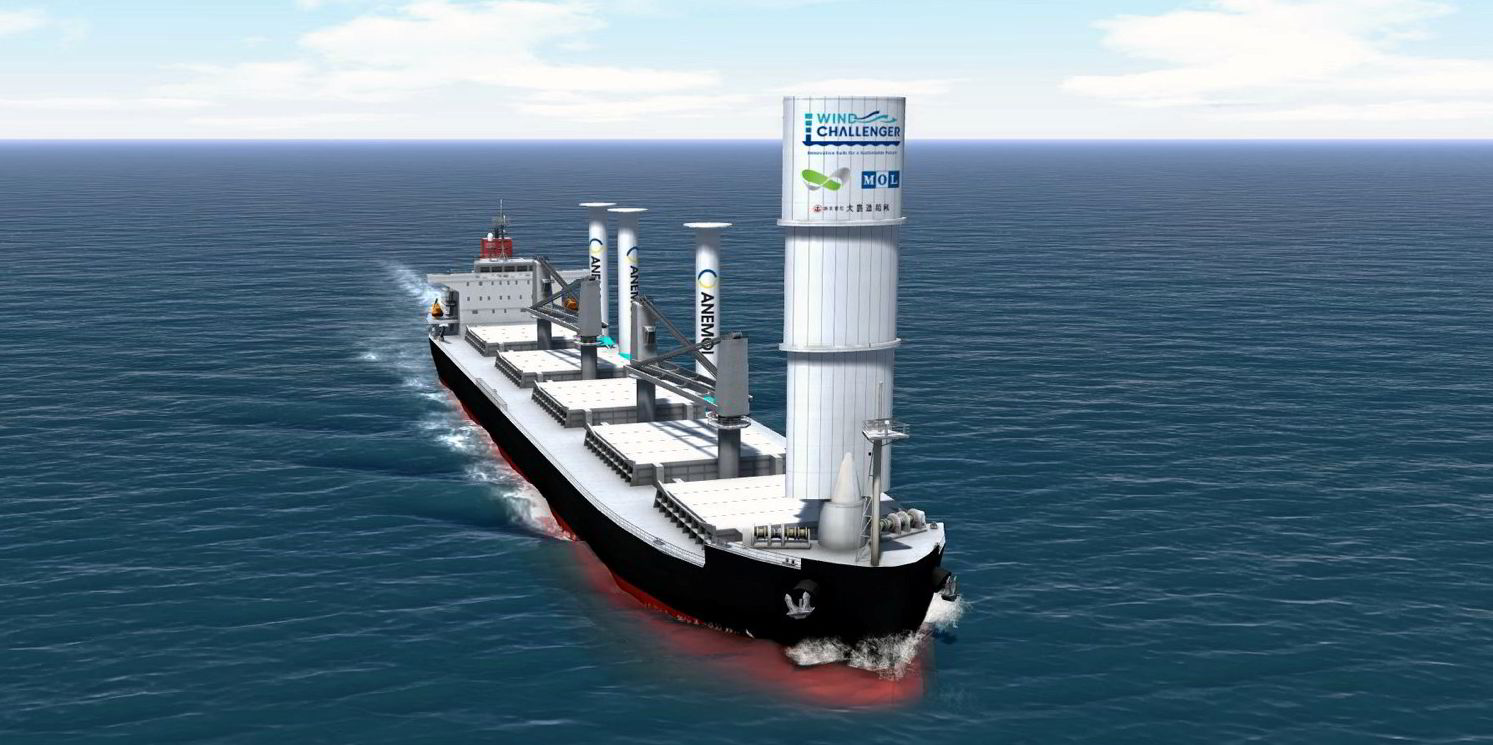Japan’s MOL Drybulk is teaming up with UK renewable energy group Drax to launch new bulkers fitted with hard sail technology.
The companies said an unspecified number of newbuildings are planned from 2025 as part of Drax’s green shipping initiative.
MOL's Wind Challenger technology will reduce emissions by up to 20%, as well as fuel costs associated with shipping biomass, they added.
Drax wants to be carbon-negative by 2030 using bioenergy with carbon capture and storage (BECCS).
The companies plan to develop vessels to transport bulk cargoes of Drax’s wood pellets to its customers in Japan, where the biomass is used to generate reliable, renewable energy, which displaces fossil fuels.
Drax chief executive Will Gardiner said: “MOL Drybulk’s hard sail technology has the potential to transform the maritime industry, cutting emissions and fuel costs and supporting global efforts to address the climate crisis.”
A memorandum of understanding has been signed for a feasibility study into deploying two kinds of ships.
The first design will employ MOL’s automated telescopic hard sail technology, and rotor sails may also be used.
A second ship type aims to at least halve emissions through multiple Wind Challenger sails, other low-carbon technologies in development and the use of alternative fuels such as ammonia, LNG and synthetic fuels.
Sizes have not been revealed.
‘Extremely excited’
Kazuhiko Kikuchi, president of MOL Drybulk said: “MOL has been working with our partners to develop the Wind Challenger technology for over a decade, and it’s great to see this become a reality.”
“We are extremely excited to work together with an innovative company such as Drax. This partnership will help us have a positive impact on how wood pellets and other cargoes are transported across the world,” he added.
Drax will also work with the ports and terminals in the supply chain on the operational feasibility studies.
The first vessel with Wind Challenger technology will be launched later this year.
MOL is building the bulker at Oshima Shipbuilding in Japan.
Cuts of up to 8%
The 100,000-dwt vessel’s greenhouse gas emissions should be cut by between 5% and 8% compared with conventional ships of the same class.
The extendable sail will be fitted on a coal carrier slated for delivery to Tohoku Electric Power this autumn after shoreside tests followed by sea trials.
MOL also has an ultramax bulk carrier on order that will be the first ship to feature two separate wind propulsion technologies.
The 62,900-dwt vessel is also under construction at Oshima on the back of long-term employment from US-listed wood pellet producer Enviva.
The bulker, due for delivery in 2024, will feature both Anemoi Marine Technology’s Rotor Sails and MOL’s Wind Challenger hard sail.





